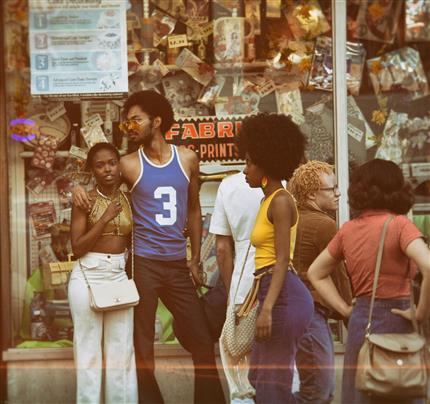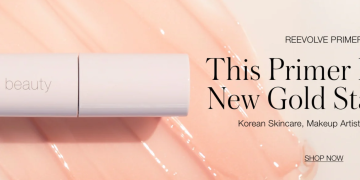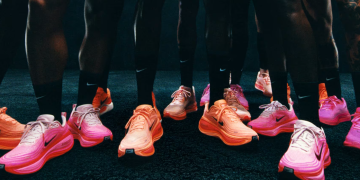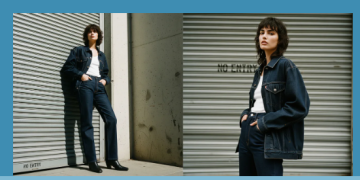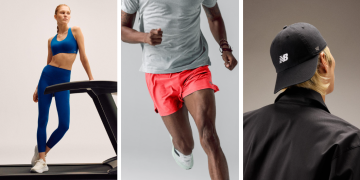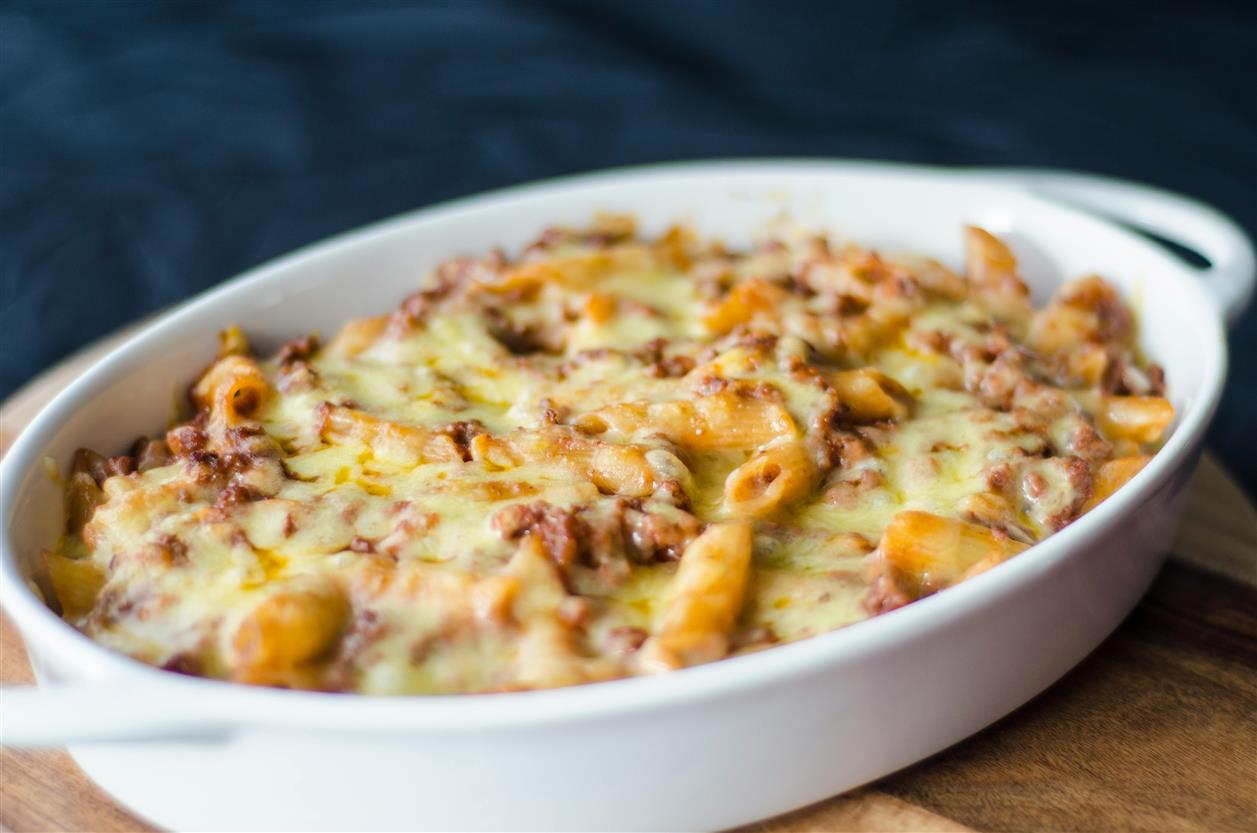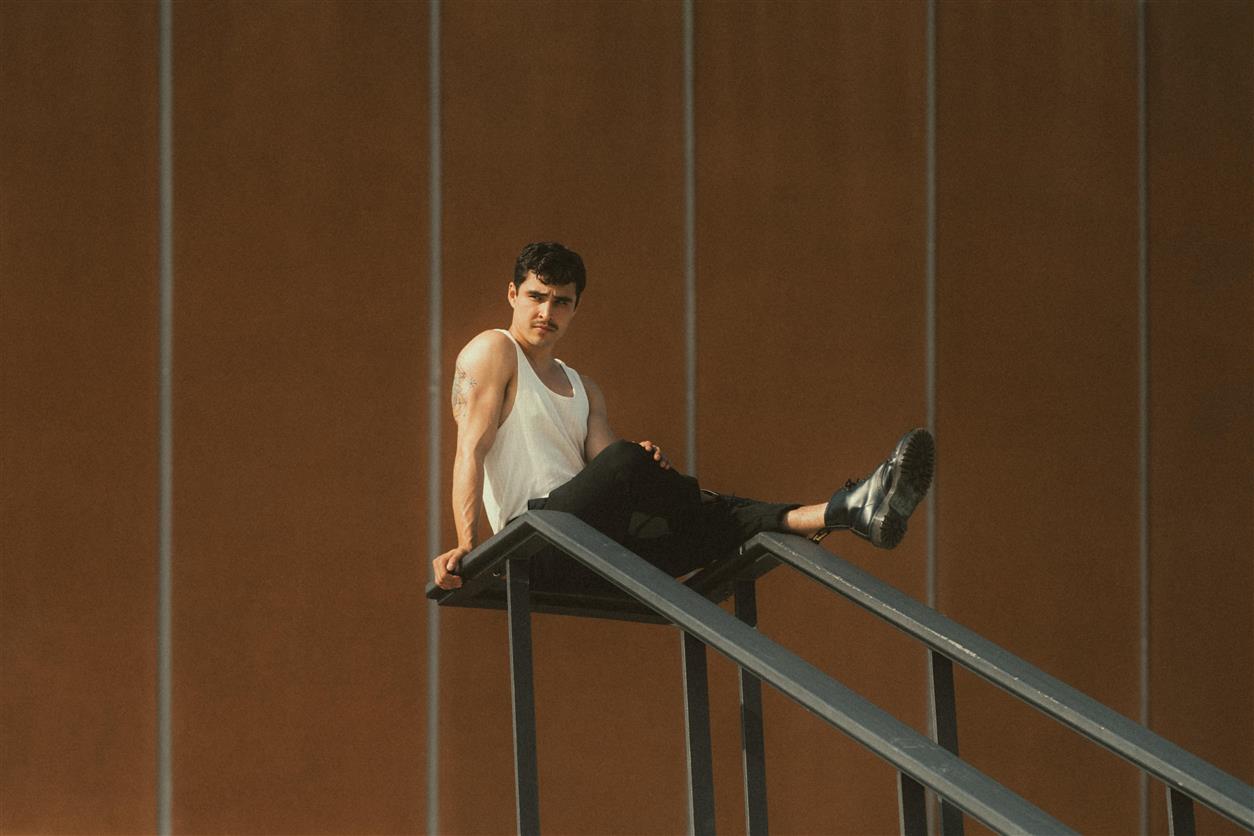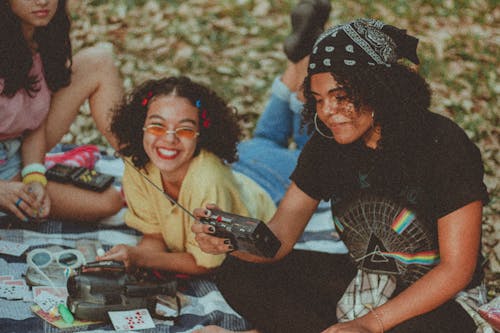
Vintage fashion has long captivated the imagination of designers, stylists, and fashion enthusiasts alike. With its rich history and timeless appeal, retro styles offer a unique blend of nostalgia and elegance that continues to inspire modern fashion. As we navigate the contemporary fashion landscape, incorporating vintage vibes into our wardrobes can create a distinctive and sophisticated look. This essay explores the art of integrating retro styles into modern fashion, highlighting key vintage trends, providing practical tips for blending old and new, and examining the influence of vintage fashion on today’s design scene.
The Allure of Vintage Fashion
Vintage fashion encompasses clothing and accessories from previous decades, each era reflecting its own unique trends and cultural influences. The allure of vintage fashion lies in its ability to evoke a sense of nostalgia while providing a timeless aesthetic. Some key factors contributing to the enduring appeal of vintage styles include:
Historical Significance
Each vintage era represents a distinct historical and cultural moment, from the glamour of the 1950s to the bohemian spirit of the 1970s. Wearing vintage pieces allows individuals to connect with and celebrate these past eras.
Unique Aesthetics
Vintage fashion is characterized by unique silhouettes, fabrics, and detailing that often stand out from contemporary designs. The craftsmanship and attention to detail in vintage pieces offer a level of individuality that modern fast fashion often lacks.
Sustainable Fashion
Incorporating vintage styles aligns with sustainable fashion practices. By choosing vintage clothing, individuals contribute to reducing waste and promoting a circular fashion economy.
Key Vintage Trends and Their Modern Interpretations
Understanding key vintage trends and how they can be reimagined for modern fashion is essential for successfully incorporating retro styles into your wardrobe. Here are some iconic vintage trends and their contemporary adaptations:
The 1920s: Flapper Elegance
Original Trend: The 1920s flapper style is characterized by its drop-waist dresses, fringe detailing, and luxurious fabrics like silk and velvet. The flapper look was both glamorous and rebellious, reflecting the changing roles of women in society.
Modern Adaptation: To incorporate 1920s flapper elegance into modern fashion:
- Fringe Accents: Add fringe details to contemporary dresses or skirts for a touch of retro flair.
- Art Deco Prints: Incorporate Art Deco-inspired prints and geometric patterns into modern garments.
- Elegant Accessories: Use vintage-inspired accessories such as feathered headbands, beaded clutch bags, or pearl jewelry to evoke the essence of the Roaring Twenties.
The 1950s: Classic Femininity
Original Trend: The 1950s fashion era is known for its classic femininity, characterized by full skirts, cinched waists, and elegant, tailored dresses. Iconic pieces include the A-line skirt, petticoats, and fitted blouses.
Modern Adaptation: To bring 1950s classic femininity into today’s wardrobe:
- A-Line Dresses: Opt for A-line dresses and skirts that highlight the waist and create a flattering silhouette.
- Tailored Jackets: Incorporate tailored jackets and blazers that echo the structured looks of the 1950s.
- Retro Prints: Embrace vintage-inspired prints like polka dots and floral patterns to add a nostalgic touch to modern outfits.
The 1960s: Mod and Psychedelic
Original Trend: The 1960s saw the rise of the Mod look and psychedelic fashion. Mod fashion featured geometric patterns, mini skirts, and bold colors, while psychedelic styles were known for their vibrant, swirling patterns and eclectic combinations.
Modern Adaptation: To incorporate 1960s Mod and psychedelic influences:
- Mini Skirts: Wear mini skirts with high boots for a modern take on the Mod look.
- Geometric Patterns: Incorporate bold, geometric prints into contemporary dresses, blouses, or accessories.
- Psychedelic Colors: Use vibrant, psychedelic colors in modern garments or accessories for a pop of retro flair.
The 1970s: Bohemian Chic
Original Trend: The 1970s bohemian style is characterized by its relaxed, free-spirited aesthetic. Key elements include flowy maxi dresses, bell-bottom jeans, and ethnic prints. The era embraced earthy tones, fringe, and layered accessories.
Modern Adaptation: To infuse 1970s bohemian chic into your wardrobe:
- Maxi Dresses: Choose flowy maxi dresses with floral or paisley prints for a bohemian vibe.
- Bell-Bottoms: Incorporate high-waisted, flared jeans for a modern twist on 1970s bell-bottoms.
- Layered Accessories: Use layered necklaces, wide-brimmed hats, and fringe bags to add a bohemian touch to contemporary outfits.
The 1980s: Bold and Eclectic
Original Trend: The 1980s fashion scene was defined by its bold and eclectic style. This era featured oversized shoulder pads, neon colors, and flashy fabrics like sequins and leather.
Modern Adaptation: To integrate 1980s boldness into modern fashion:
- Statement Shoulders: Incorporate structured blazers or jackets with statement shoulders into your wardrobe.
- Neon Accents: Use neon-colored accessories or garments to add a pop of 1980s flair.
- Mix and Match: Experiment with mixing textures and patterns, drawing inspiration from the eclectic nature of 1980s fashion.
Practical Tips for Incorporating Vintage Styles
Incorporating vintage styles into your modern wardrobe can be both exciting and challenging. Here are some practical tips to help you seamlessly blend retro influences with contemporary fashion:
Mix and Match
Combine vintage pieces with modern items to create a balanced look:
- Pair Vintage with Contemporary: Wear a vintage blouse with modern jeans or a retro skirt with a contemporary top.
- Create Contrast: Mix vintage textures and patterns with modern silhouettes for a fresh and eclectic look.
Accessorize Wisely
Accessories are a great way to add vintage flair without overwhelming your outfit:
- Vintage Jewelry: Incorporate vintage jewelry such as brooches, earrings, or rings to add a retro touch to modern outfits.
- Retro Bags and Shoes: Use vintage-inspired bags or shoes to complement contemporary clothing.
Focus on Fit
Ensure that vintage pieces fit well and flatter your body:
- Tailoring: Consider having vintage garments tailored to fit your body shape and modern style preferences.
- Alterations: Make minor alterations to vintage pieces to enhance their fit and functionality.
Embrace Retro Prints and Fabrics
Incorporate retro prints and fabrics into modern designs:
- Patterned Pieces: Use retro prints like polka dots, florals, or geometric patterns in modern garments or accessories.
- Vintage Fabrics: Integrate fabrics such as tweed, velvet, or corduroy into contemporary outfits for a touch of nostalgia.
Balance and Proportion
Maintain balance and proportion when integrating vintage elements:
- Avoid Overdoing It: Avoid wearing an entire vintage outfit; instead, integrate vintage pieces sparingly for a balanced look.
- Play with Proportions: Experiment with proportions by combining oversized vintage items with sleek, modern pieces.
The Influence of Vintage Fashion on Modern Design
Vintage fashion has a significant influence on contemporary design, shaping trends and inspiring new collections. Here are some ways in which vintage fashion impacts modern design:
Design Inspiration
Modern designers often draw inspiration from past eras:
- Runway Collections: Many designers incorporate vintage elements into their runway collections, reinterpreting classic styles for a contemporary audience.
- Fashion Weeks: Vintage-inspired collections frequently make appearances at fashion weeks, showcasing how retro styles can be modernized.
Sustainable Fashion Movement
The rise of sustainable fashion has revived interest in vintage clothing:
- Vintage Shops: Vintage shops and thrift stores have gained popularity as consumers seek eco-friendly fashion options.
- Upcycling: Designers and fashion enthusiasts are upcycling vintage garments, giving them new life and reducing waste.
Cultural Revivals
Retro styles often experience cultural revivals:
- Nostalgic Trends: Nostalgic trends such as 90s grunge or 80s glam frequently resurface in modern fashion, reflecting society’s ongoing fascination with past decades.
- Celebrity Influence: Celebrities and influencers who embrace vintage fashion contribute to its revival and influence contemporary style.
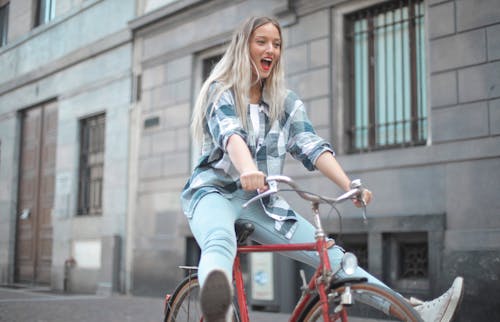
Incorporating vintage styles into modern fashion allows individuals to express their personal style while celebrating the rich history of fashion. By understanding key vintage trends and adapting them to contemporary aesthetics, you can create a wardrobe that is both timeless and relevant. Whether you choose to integrate vintage pieces through clothing, accessories, or unique design elements, the key is to strike a balance that reflects your personal taste and lifestyle. As vintage fashion continues to inspire and influence modern design, embracing retro vibes offers an exciting opportunity to blend the best of both worlds, creating a distinctive and stylish look that stands the test of time.

